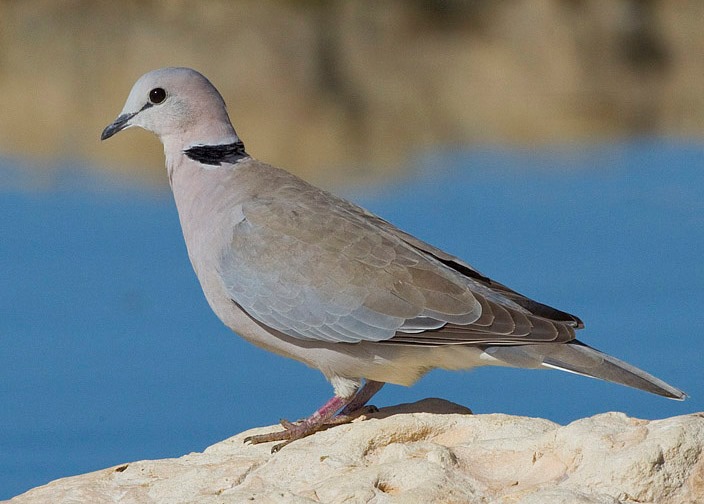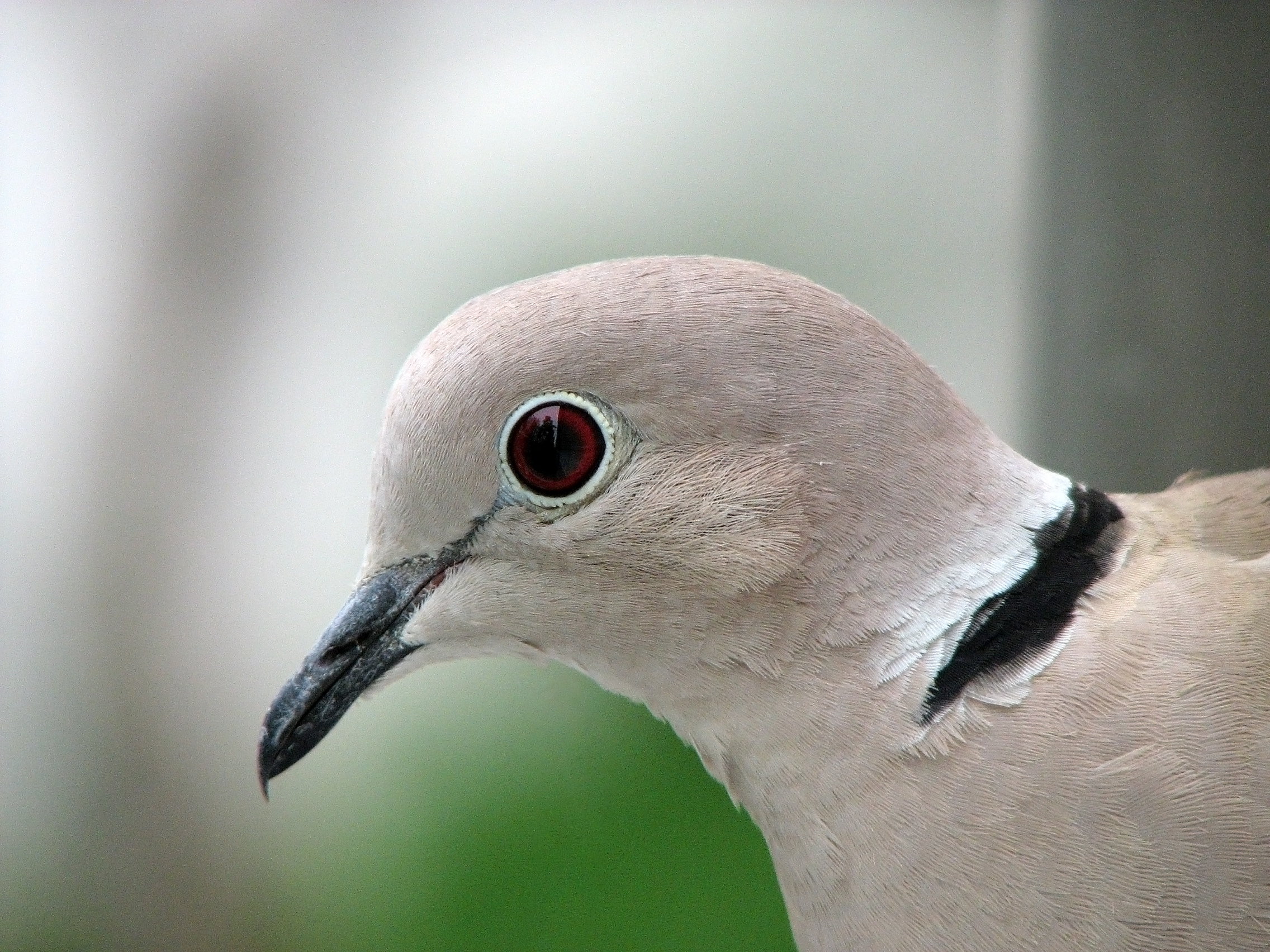|
Ring Dove (other)
Ring dove is an alternative name for the Barbary dove. It may also refer to: Species *The common wood pigeon (''Columba palumbus''), particularly in older literature *The ring-necked dove (''Streptopelia capicola''), also known as the Cape turtle dove or half-collared dove *The Eurasian collared dove (''Streptopelia decaocto'') *The vinaceous dove (''Streptopelia vinacea'') *The red-eyed dove (''Streptopelia semitorquata'') *The red collared dove (''Streptopelia tranquebarica''), also known as the red turtle dove *The mourning collared dove or African mourning dove (''Streptopelia decipiens'') *The African collared dove (''Streptopelia roseogrisea'') Other uses *HMS Ringdove, HMS ''Ringdove'', a name used for seven ships of the Royal Navy *, a coaster in service 1947-50 *Ringdove, a former capital city located on Epi (island), Vanuatu {{Disambiguation, bird ... [...More Info...] [...Related Items...] OR: [Wikipedia] [Google] [Baidu] |
Barbary Dove
The Barbary dove, ringed turtle dove, ringneck dove, ring-necked turtle dove, or ring dove (''Streptopelia risoria'') is a domestic member of the dove and pigeon family (Columbidae). Although the Barbary dove is normally assigned its own systematic name, as ''Streptopelia risoria'', considerable doubt exists as to its appropriate classification. Some sources assert confidently that it is a domesticated form of the Eurasian collared dove (''Streptopelia decaocto''), but the majority of evidence points to it being a domesticated form of the African collared dove (''Streptopelia roseogrisea''). It appears that it can hybridize freely with either species, and its status as a species must therefore be regarded as doubtful. However, because of the wide use of both the common and systematic names, it is best to consider it separately from either of the putative parent species. Their time of domestication is also uncertain. While Linnaeus described them in 1756, they may have been imp ... [...More Info...] [...Related Items...] OR: [Wikipedia] [Google] [Baidu] |
Common Wood Pigeon
The common wood pigeon or common woodpigeon (''Columba palumbus''), also known as simply wood pigeon, wood-pigeon or woodpigeon, is a large species in the dove and pigeon family (Columbidae), native to the western Palearctic. It belongs to the genus ''Columba,'' which includes closely related species such as the rock dove (''Columba livia''). It has historically been known as the ring dove, and is locally known in southeast England as the "culver"; the latter name has given rise to several areas known for keeping pigeons to be named after it, such as Culver Down. It has a flexible diet, predominantly feeding on vegetable matter, including cereal crops, leading to them being regarded as an agricultural pest. Wood pigeons are extensively hunted over large parts of their range, but this does not seem to have a great impact on their population. Taxonomy The common wood pigeon was formally described by the Swedish naturalist Carl Linnaeus in 1758 in the tenth edition of his ''System ... [...More Info...] [...Related Items...] OR: [Wikipedia] [Google] [Baidu] |
Ring-necked Dove
The ring-necked dove (''Streptopelia capicola''), also known as the Cape turtle dove or half-collared dove, is a widespread and often abundant dove species in East and southern Africa. It is a mostly sedentary bird, found in a variety of open habitats. Within range, its penetrating and rhythmic, three-syllabled crooning is a familiar sound at any time of the year. Its name is derived from the semi-collar of black feathers on the lower nape, a feature shared with a number of ''Streptopelia'' species. Like all doves, they depend on surface water. They congregate in large flocks at waterholes in dry regions to drink and bathe. Description Their body feathers are darkest on the upper side, where they are coloured in dull tones of grey and brown, with shades of lavender on the nape. It is paler below, where a tint of pinkish lavender is usually present. The lower belly and crissum (the undertail coverts surrounding the cloaca) is white. As with related species, they have white fring ... [...More Info...] [...Related Items...] OR: [Wikipedia] [Google] [Baidu] |
Eurasian Collared Dove
The Eurasian collared dove (''Streptopelia decaocto'') is a dove species native to Europe and Asia; it was introduced to Japan, North America and islands in the Caribbean. Because of its vast global range and increasing population trend, it has been listed as Least Concern on the IUCN Red List since 2014. Taxonomy ''Columba decaocto'' was the scientific name proposed by the Hungarian naturalist Imre Frivaldszky in 1838 who described a Eurasian collared dove. The type locality is Plovdiv in Bulgaria. It is now placed in genus '' Streptopelia'' that was introduced in 1855 by the French ornithologist Charles Lucien Bonaparte. The Burmese collared dove (''S. xanthocycla'') was formerly considered a subspecies of the Eurasian collared dove, but was split as a distinct species by the IOC in 2021. Two other subspecies were formerly sometimes accepted, ''S. d. stoliczkae'' from Turkestan in central Asia and ''S. d. intercedens'' from southern India and Sri Lanka. They are now co ... [...More Info...] [...Related Items...] OR: [Wikipedia] [Google] [Baidu] |
Vinaceous Dove
The vinaceous dove (''Streptopelia vinacea'') is a bird species in the pigeon family Columbidae that widely resident across the Sahel and Sudan (region). Taxonomy The vinaceous dove was formally described in 1789 by the German naturalist Johann Friedrich Gmelin in his revised and expanded edition of Carl Linnaeus's ''Systema Naturae''. He placed it with all the other doves and pigeons in the genus ''Columba'' and coined the binomial name ''Columba vinacea''. Gmelin based his description on the earlier publications by the French ornithologists Mathurin Jacques Brisson and Georges-Louis Leclerc, Comte de Buffon. The vinaceous dove is now placed with 14 other species in the genus '' Streptopelia'' that was introduced in 1855 by the French ornithologist Charles Lucien Bonaparte. The genus name is from the Ancient Greek στρεπτός (''streptós'') – literal meaning "twisted" but, by extension, "wearing a torc" (i.e., twisted metal collar) – and πέλεια (''péleia'') ... [...More Info...] [...Related Items...] OR: [Wikipedia] [Google] [Baidu] |
Red-eyed Dove
The red-eyed dove (''Streptopelia semitorquata'') is a dove that is a widespread and common in Sub-Saharan Africa. It has been listed as Least Concern on the IUCN Red List since 2004. Taxonomy The red-eyed dove was formally described by the German naturalist Eduard Rüppell in 1835 from birds seen in the Taranta Mountains of Eritrea. He coined the binomial name ''Columba semitorquata''. The specific epithet is combines the Latin ''semi-'' meaning "half-" or "small" and ''torquatus'' meaning "collared". The species is monotypic: no subspecies are recognised. Description The red-eyed dove is a largish, stocky pigeon, typically 30 cm (12 inches) in length. Its back, wings and tail are pale brown. When flying, it shows blackish flight feathers. The head and underparts are dark vinous-pink, shading to pale grey on the face. There is a black hind neck patch edged with white. The legs and a patch of bare skin around the eye are red. The call is a loud ''doo-doo-du-du''. Sexes ... [...More Info...] [...Related Items...] OR: [Wikipedia] [Google] [Baidu] |
Red Collared Dove
The red collared dove (''Streptopelia tranquebarica''), also known as the red turtle dove, is a small pigeon which is a resident breeding bird in the tropics of Asia. The male has a blue-grey head and a red-brown body. The female is much plainer, with pale brown plumage similar to that of the larger Eurasian collared dove. Taxonomy The red collared dove was formally described by the French naturalist Johann Hermann in 1804 and given the binomial name ''Columba tranquebarica''. The specific epithet is from the town Tranquebar, now Tharangambadi, on the Coromandel Coast in southern India. The red turtle dove is now placed in the genus '' Streptopelia'' that was introduced in 1855 by the French ornithologist Charles Lucien Bonaparte. The genus name is from the Ancient Greek ''streptos'' meaning "collar" and ''peleia'' meaning "dove". Two subspecies are recognised: * ''S. t. humilis'' ( Temminck, 1824) – eastern Nepal, northeastern India and northeastern Tibet to northern China ... [...More Info...] [...Related Items...] OR: [Wikipedia] [Google] [Baidu] |
Mourning Collared Dove
The mourning collared dove or African mourning dove (''Streptopelia decipiens'') is a dove which is a widespread resident breeding bird in Africa south of the Sahara. Despite its name, it is not related to the North American mourning dove (''Zenaida macroura''). This species is common or abundant near water. They often mingle peacefully with other doves. Description The mourning collared dove is a largish, stocky pigeon, up to 31 cm in length. Its back, wings and tail are pale brown. The head is grey and the underparts are pink, shading to pale grey on the belly. There is a black hind neck patch edged with white. The legs and a patch of bare skin around the eye are red. When flying, it shows blackish flight feathers and extensive white in the tail, the latter being a distinction from the similar but larger red-eyed dove. The call is a fast ''krrrrrrrr, oo-OO, oo''. Sexes are similar, but immatures are duller than adults, and have scalloping on the body feathers. Afr ... [...More Info...] [...Related Items...] OR: [Wikipedia] [Google] [Baidu] |
African Collared Dove
The African collared dove (''Streptopelia roseogrisea'') is a small dove found in the Sahel, northern parts of the Horn of Africa and southwestern Arabia. Although it lives in arid lands, it is found around water sources. This bird is typically around in length. Its upper body, from shoulders to tail, is a pale grayish brown, though the wing edge has a bluish tinge. Flight feathers are darker, and nearly black. Head, neck and breast are pinkish shading to white on the chin and belly. There is little sexual dimorphism. The African collared dove is the species thought to be the wild ancestor of the domestic Barbary dove, though some suggest the Eurasian collared dove (''Streptopelia decaocto'') may also have been involved. The African collared dove is able to hybridise with the Barbary dove, and it is thought that the increase in the range of colours of Barbary doves available that occurred in the later 20th century was the result of the importation of African collared doves ... [...More Info...] [...Related Items...] OR: [Wikipedia] [Google] [Baidu] |
HMS Ringdove
Seven ships of the Royal Navy have borne the name HMS ''Ringdove'', another name for the common wood pigeon: * was an 18-gun launched in 1806 and sold in 1829. * was a 16-gun brig-sloop launched in 1833 and broken up in 1850. * was a wooden screw gunvessel launched in 1856, sold in 1865 and broken up in 1866. * was a wooden screw gunvessel launched in 1867 and sold in 1882. * was a composite screw gunboat launched in 1889. She became a salvage vessel in 1915 and was renamed HMS ''Melita'', and was sold in 1920. * HMS ''Ringdove'' was a salvage vessel, launched in 1888 as the composite screw sloop . She was renamed HMS ''Ringdove'' on her conversion in 1915 and was sold in 1920. * was a launched in 1938 and sold to the Pakistani government in 1950 as a pilot vessel A maritime pilot, marine pilot, harbor pilot, port pilot, ship pilot, or simply pilot, is a mariner who maneuvers ships through dangerous or congested waters, such as harbors or river mouths. Maritime pilots are ... [...More Info...] [...Related Items...] OR: [Wikipedia] [Google] [Baidu] |




